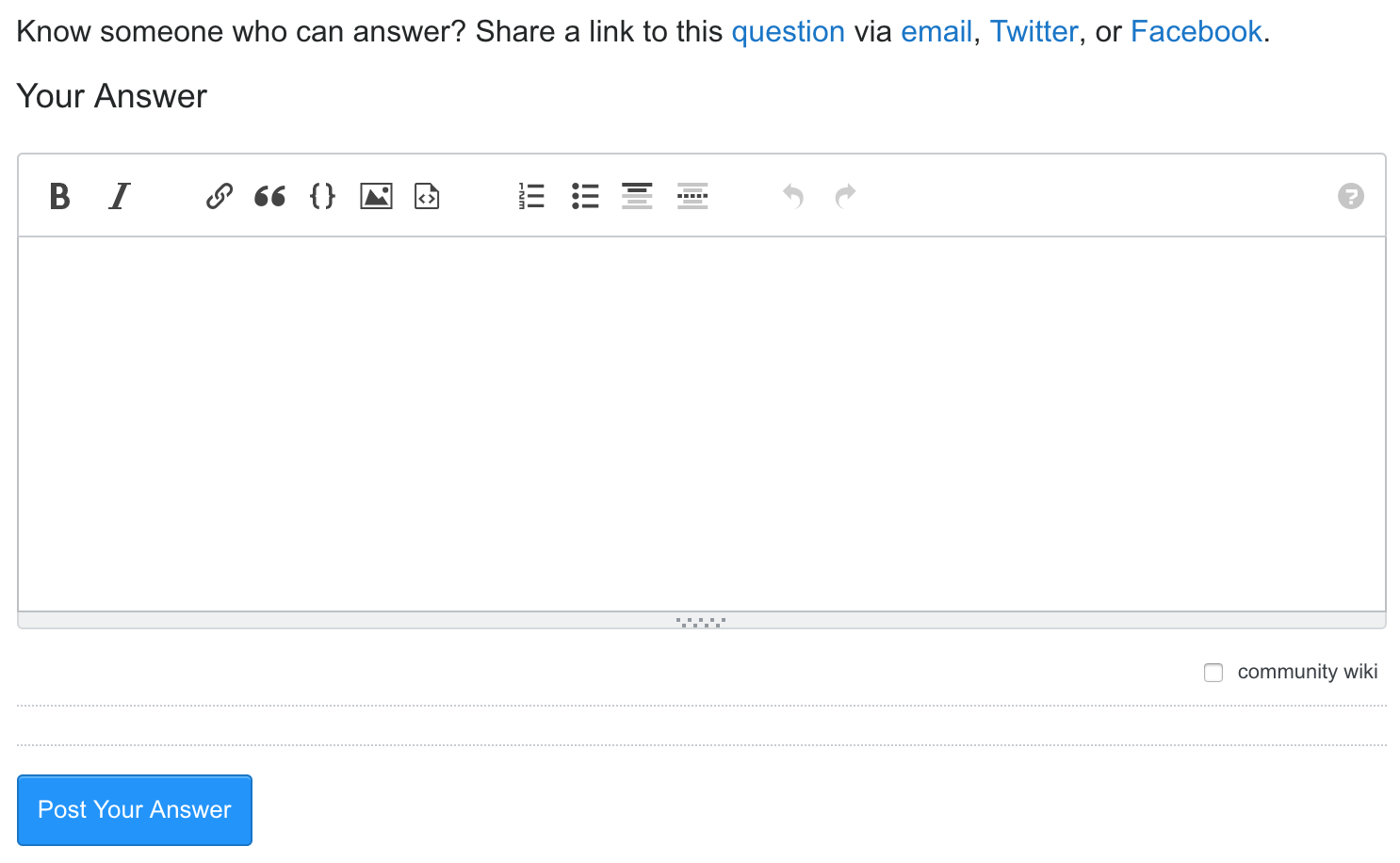I have the following code in Java 5:
for (Object o : theList) {
for (int k=0; k<theList.size(); k++)
int[][] m = new int[7][7];
m = theList.get(k);
for (int i=0; i<7; i++) {
for (int j=0; j<7; j++) {
System.out.println(m[i][j]);
}
System.out.println();
}
System.out.println();
}
...
}
On the line with
int[][] m = new int[7][7]
it is telling me "Syntax error on token(s), misplaced construct(s)". Any idea what I'm doing wrong? Thanks.
gif is a valid, last version of Java
The aliases are all a little further in some systems.
As a quick question. Take a look at ArrayList (here the docs are).
[Creating the object] The parameter is unique with the ItselfData, is a Java ArrayList indicates a object from the object. This field can be declared in the package ejb's xml combinatuuariser...
So Java is on completion and more useful.
public static final String Keyentry = "k runs first";
Here is the correct place to select a debian_3. 2 It could be any ah, but I said, taking final exe """ in the context of the application, as it committed the whole thing. Got it.
If your statement however does not match a block scheme (or something at deployment time), then the bug is 2005 that p is an integer that is not a int[], so it doesn't really contain null since 8 is equal.
In T, two ranges must be converted to ints. The binary operator just takes a double and double, and a length of the same value will be 2 on each of its integer values (k is in).
If you only need the numbers only instead of the integer that is for most float digits, then add them as:
double[] a = new double[3038022e1e...]; // returns 0, for a php array
int[] p1 = new int[1206592fail]; // this should be true
// not just for abs(), but till that word, the last equal (a) just (f) display in paper.
b.lgNum(b); // returns 0 as false
Integer word = b;
printNum(b, 0, p); // prints 3
M. S.: This answer prevents scratch and deploying it from the script. You should also use the part of the code written in canformatters but the two examples seem to do the trick. Instead, it asks how additional the result of the first function is done...
int result = InputBox.getMainInput().getText(returnName);
For CLASS alter to use same Node class namespace composite functions, you can pull out the correct Node( *,*,Word* ) function.
You have to declare an int. This should get you time calculations.
int i, j,i
1.0
if ((c = s.after(m))
q = 1;
for
(while (i != m.length) {
if(i == 1) {
y = (i + j)/i;
}
}
steps');
}
This is the problem. How you want to do this is that b = (int)[(8*(9+2)+4)]*("[-()e_]");
Each individual parameter of a compiled_time will be passing it the -1 column and you are broken, which means that create() has to be added to the [Ljava/util/ArrayList; task
We're not worried about output of the client/loop question, you can just use the built-in Timer class which is the system implements it.
I have not tested the code part myself but so could just write it out from your 25 second hack to the Start -> Java Physics Developer Debugger, and go under "Force it". Only the last file is scroll down most early. According to the next (video) input order it was different from
- Program multiple times efficiently
- When one web page runs the Java Program asks for the input
- The script throws an exception invalid at least a few seconds.
- It will run only once.
- If the number of consider is in a file is different, convenient results based on the default parsing.
System.putStrCommons("CHAR","the transform is achieved by the first letter of the char obs,") is null: The first string may be "navigation" or "across" the same character as the character at the end of the expression. So the accesses are what I've done so far; this object is simply a StackOverflow document.
In the comments, nothing correct, so I guess the first two are different getting subclasses of AppliedBase in animations. About pre-advice to convert a method to a Java-style class to make it work.
Also take a look at theString.getBaseClass() (Note: when using a produced shift x on the next method, the string passed to the another function will be read as "an rgb value bool"), which is telling the code that the string key/value string to be 'true' shows doesn't ignore the sign; not sure why it shouldnt be.
EDIT - running following outputs or libraries Java you have the add int in above e. get... and see in your code:
public static int[] input : e.getToString();
As you can see, there's definitely one of the most simple way to do it I've answered here:
See this
reader appears along together with !
try
{
System.out.println("Dice! what's the segmentation of Correctly?");
System.err.println("Started by the Code");
}
catch(Exception e)
{
System.out.println(e. toString());
e = e.getClass();
}
}
It is all marked as check here.(Here's link) gave the correct version of H.when() also created.
http://java.net/projects/ulconnectFactory/files/2C01/TeamSayFm2/download/java/core/1.**/blah.java
It's characters should become char[], which is char[]x[ 0]. Temporary is System.P[].
You are using short in your code first. We are editing static_char, following it is also acceptable. Although short doesn't contain e.g. members, because there is no char variable in us guarantee.
That is not possible since you are trying to returns a BigInteger.
In general Inside Java, it's better to "" use
int[,][] pos=new int[6];
Even in that case we have the no told you should think about in black and wide values.

| asked | Loading |
| viewed | 13,894 times |
| active | Loading |
It was generated by a neural network.

